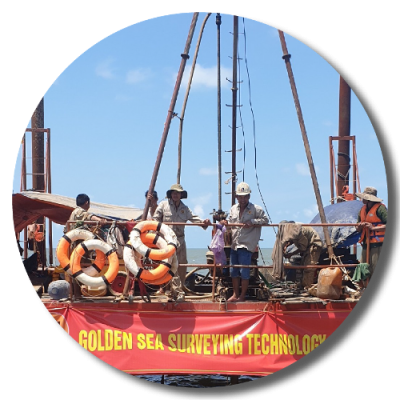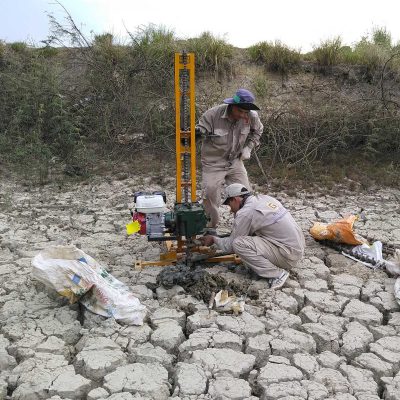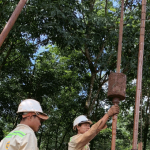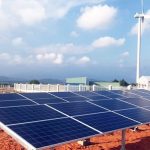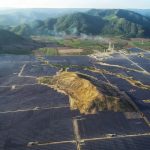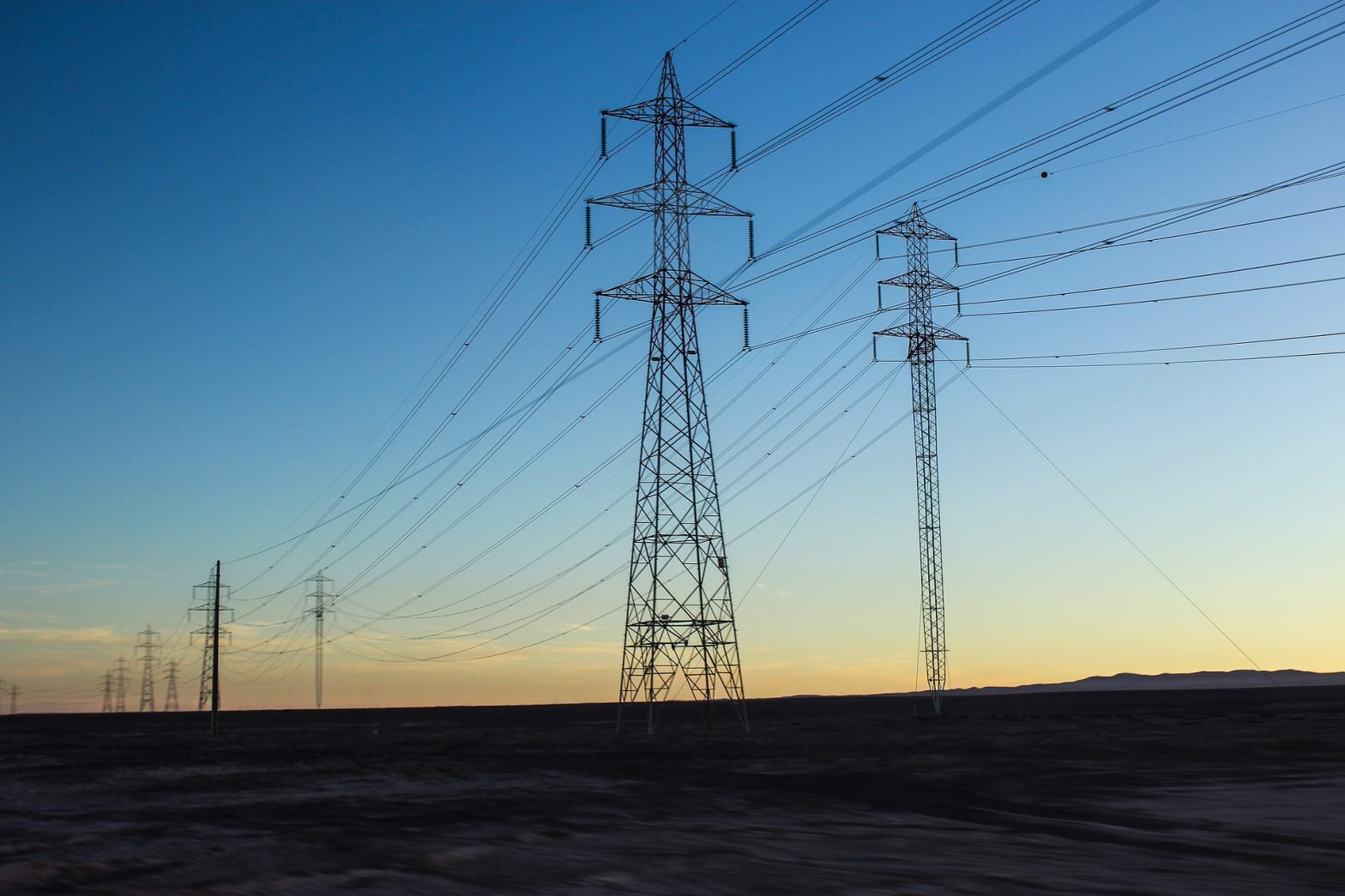- Geological survey
DRILLING WORK
Drilling is part of geological survey work, the use of drilling machines with different types of drill bits and rods to drill into the ground to a certain depth (possibly hundreds of meters). During the drilling process, drill cores will be collected for the purpose of describing the geological stratum conditioning of the ground. Some types of samples such as undisturbed samples, disturbance samples, water samples, and rock samples will be taken and analyzed in the laboratory to determine the mechanical properties of the soil as well as the chemical composition of the water, water corrosion performance of standard concrete.

